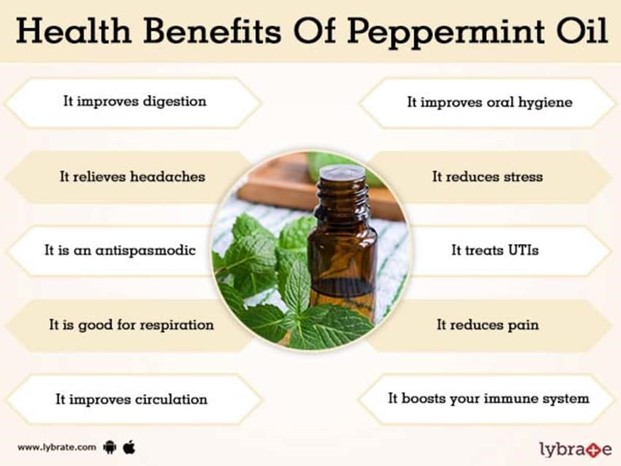Because a full bladder prevents the uterus from contracting normally, nurses intervene to help the woman empty her bladder spontaneously as soon as possible.
If all else fails, the last thing the nurse could try is:
Pouring water from a squeeze bottle over the woman’s perineum.
Placing oil of peppermint in a bedpan under the woman.
Asking the physician to prescribe analgesics.
Inserting a sterile catheter.
The Correct Answer is B

This is because oil peppermint can stimulate the micturition reflex and help the woman to void.
Some possible explanations for the other choices are:
Choice A is wrong because pouring water over the perineum may not be enough to trigger the micturition reflex and may cause discomfort or infection.
Choice C is wrong because analgesics may not address the underlying cause of urinary retention and may have side effects such as drowsiness or nausea.
Choice D is wrong because inserting a sterile catheter is an invasive procedure that carries risks such as trauma, infection, or bladder spasms. It should be used only as a last resort after other methods have failed.
Normal ranges for postpartum bladder function are:
- Urine output: 3000 to 5000 mL/day for the first 2 to 3 days after delivery.
- Urine specific gravity: 1.005 to 1.030.
- Urine pH: 4.6 to 8.0.
Nursing Test Bank
Naxlex Comprehensive Predictor Exams
Related Questions
Correct Answer is D
Explanation
choice D. Make a follow-up home visit to parents as soon as possible after the infant’s death. This is because a competent, qualified professional should visit the family at home as soon as possible after the death and provide the family with printed information about SIDS.
Choice A is wrong because explaining how SIDS could have been predicted and prevented is inappropriate.
SIDS cannot be prevented or predicted. Discussions about the cause will only increase parental guilt.
Choice B is wrong because the parents should be asked only factual questions to determine the cause of death. Interviewing parents in-depth concerning the circumstances surrounding the infant’s death may be intrusive and stressful.
Choice C is wrong because parents should be allowed and encouraged to make a last visit with their infant. Discouraging parents from making a last visit with the infant may deprive them of an opportunity to say goodbye and grieve.
Correct Answer is ["A","C","D","E","F"]
Explanation
A health history is a holistic assessment of all factors affecting a patient’s health status, including information about social, cultural, familial, and economic aspects of the patient’s life as well as any other component of the patient’s life style that affects health and well-being.
Choice B is wrong because physical assessment is not part of the health history, but a separate process of examining the patient’s body systems.
Choice A is correct because review of systems is a systematic method of collecting data on all body systems.
Choice C is correct because sexual history is an important aspect of the patient’s health that may affect their risk for sexually transmitted infections, reproductive health, and psychosocial well-being.
Choice D is correct because height, weight, BMI data are part of the biographical data that provide a baseline for comparing the patient’s characteristics to established norms for physical and emotional health.
Choice E is correct because diet and nutritional intake are relevant factors that influence the patient’s health status and may indicate potential problems such as malnutrition, obesity, or eating disorders.
Choice F is correct because family medical history provides information about the patient’s genetic risk for certain diseases and conditions that may affect their current or future health.
Whether you are a student looking to ace your exams or a practicing nurse seeking to enhance your expertise , our nursing education contents will empower you with the confidence and competence to make a difference in the lives of patients and become a respected leader in the healthcare field.
Visit Naxlex, invest in your future and unlock endless possibilities with our unparalleled nursing education contents today
Report Wrong Answer on the Current Question
Do you disagree with the answer? If yes, what is your expected answer? Explain.
Kindly be descriptive with the issue you are facing.
